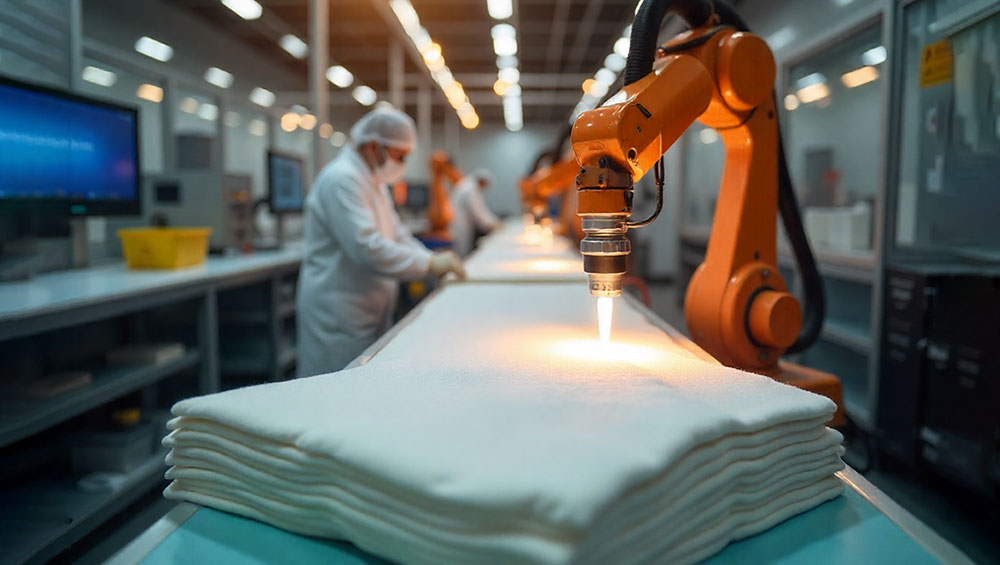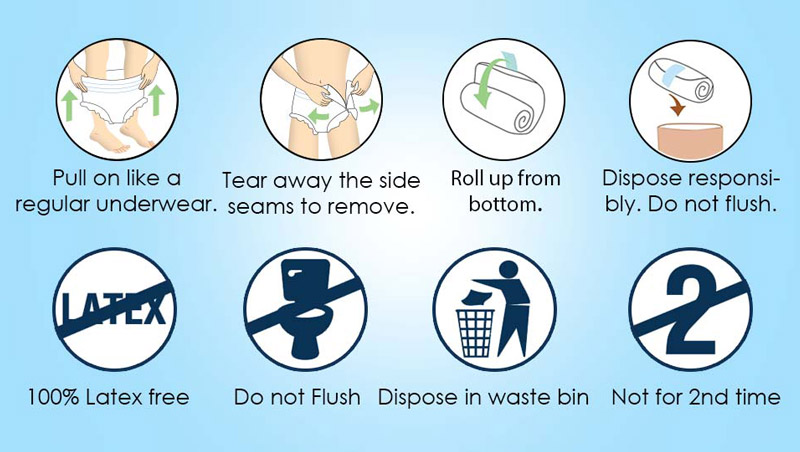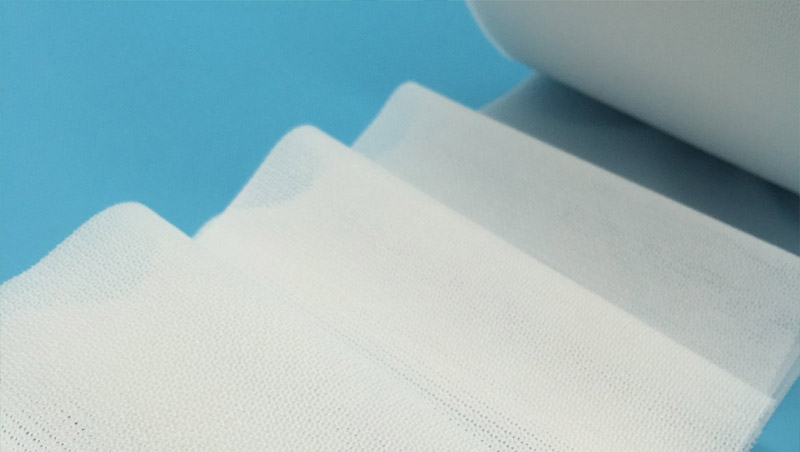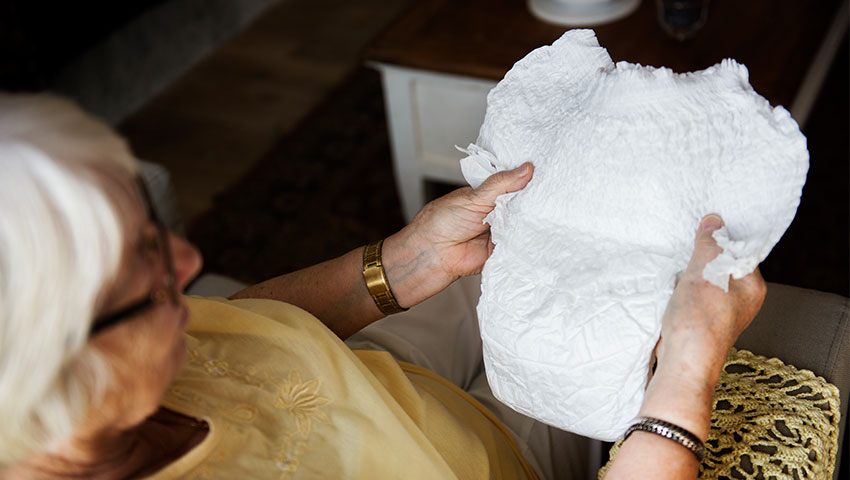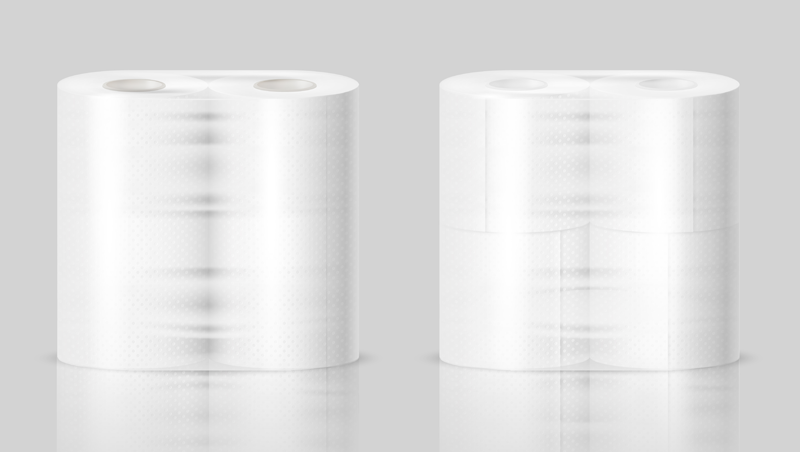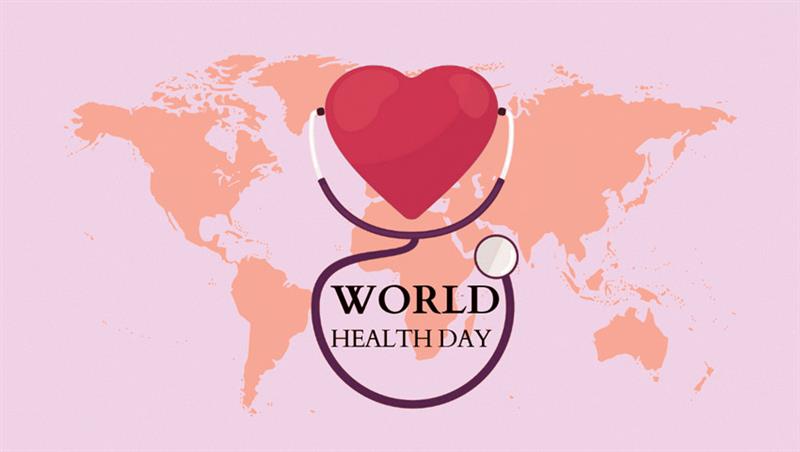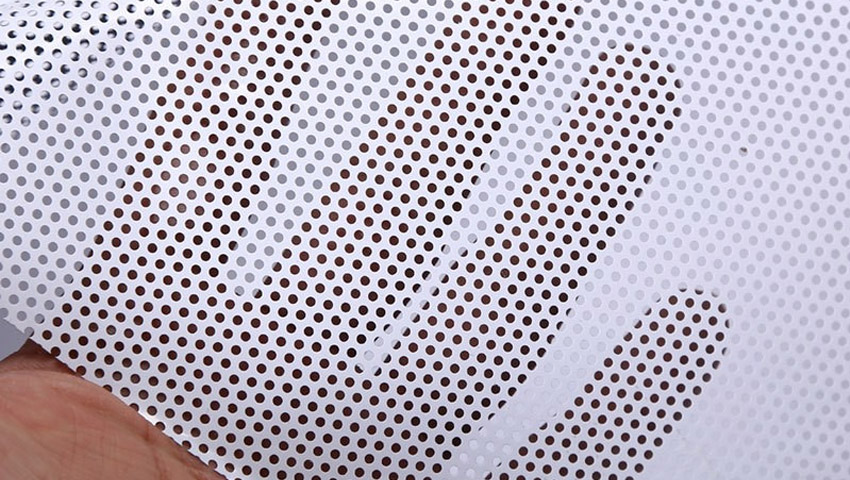The healthcare and hygiene industry is evolving rapidly, driven by increasing demand for comfort, safety, and efficiency in patient care. Among the many essential yet often overlooked products undergoing innovation, underpads have seen remarkable technological advancement.
Traditionally used in hospitals, elder care, and home health settings to manage incontinence and maintain hygiene, modern underpads now embody high-performance materials, smart absorbent features, and enhanced design. At the forefront of this transformation is Nikhar Hygiene, a leading underpad manufacturer in India, offering dependable solutions engineered for today’s healthcare needs.
-
Advanced Absorbent Technology for Maximum Protection
The primary function of an underpad is to absorb and retain liquid. Older versions often fell short in leak prevention and user comfort. Modern underpads, however, utilize superabsorbent polymers (SAPs) that lock in fluid while minimizing surface wetness and skin irritation.
Nikhar Hygiene underpads incorporate multi-layered absorbent cores that:
- Distribute liquid evenly across the pad
- Reduce clumping and surface pooling
- Improve comfort during extended use
This advanced absorbent system is especially beneficial in hospital ICUs, post-surgical care, and long-term patient settings.
-
Odor Control for Enhanced Dignity and Hygiene
Unpleasant odors caused by incontinence can negatively affect both patient dignity and environmental hygiene. Many modern underpads now include odor-locking technology that neutralizes and traps smells.
Nikhar Hygiene’s underpads are designed with:
- Scent-neutralizing additives that reduce odor
- Enhanced discretion for users in both clinical and home care settings
This feature contributes to a cleaner, more respectful experience for both patients and caregivers.
-
Skin-Friendly Materials for Daily Comfort
Frequent contact with underpads can cause skin irritation, especially for elderly or bedridden individuals. That’s why top-layer materials now prioritize dermatological safety and soft-touch comfort.
Nikhar Hygiene uses:
- Hypoallergenic, ultra-soft top sheets
- Flow-friendly, liquid-repelling surfaces
- Designs that help prevent rashes, redness, and skin breakdown
These innovations support patient well-being without compromising on performance.
-
Leak-Proof Engineering for Surface Protection
Protecting beds, furniture, and wheelchairs from fluid seepage is essential in caregiving environments. Modern underpads now feature durable backsheet films that prevent leaks and improve grip.
Nikhar Hygiene’s products include:
- PE film backings that are waterproof, tear-resistant, and anti-slip
- Sealed edges for extra protection
- Consistent reliability even during extended use
This helps maintain cleanliness and hygiene in high-contact areas.
-
Precision Manufacturing for Consistent Quality
Technological upgrades in production have allowed for automated manufacturing, ensuring product consistency, safety, and performance across batches.
At Nikhar Hygiene, production lines are equipped with:
- Real-time quality control systems
- Automated assembly and sealing
- Regular inspection protocols to meet healthcare-grade standards
This precision guarantees that every underpad functions reliably—critical in medical applications.
-
Customized Solutions for Diverse Needs
Patient needs vary by age, condition, and use case. Modern underpads now offer custom options to match specific care requirements.
Nikhar Hygiene offers:
- Multiple size options
- Varying absorbency levels (day use, night use, heavy-duty)
- Custom-packaged solutions for hospitals, nursing homes, and home care brands
These features ensure more personalized, effective care.
-
Single-Use Design for Infection Control
Reusable underpads, while eco-friendly, can pose cross-contamination risks if not sanitized properly. Single-use, disposable underpads offer a safer, more hygienic solution in clinical environments.
Nikhar Hygiene’s disposable range is ideal for:
- ICUs and post-operative wards
- Geriatric and palliative care
- Home settings where infection control is a priority
The single-use model helps reduce the spread of infections and supports medical protocols.
-
Sustainable Manufacturing Practices
While our underpads are not biodegradable, Nikhar Hygiene is committed to sustainability through:
- Energy-efficient machinery
- Minimalist and recyclable packaging
- Process optimization to reduce industrial waste
We choose materials that generate less waste and ensure ethical origins, aiming to perform well without harming the earth.
Final Thoughts
From basic fluid liners to smart hygiene solutions, underpads have been transformed through technology. Modern advancements in absorbency, odor control, comfort, and design have made them a critical component of quality care.
Nikhar Hygiene remains committed to delivering dependable, efficient, and compassionate hygiene solutions. For healthcare providers seeking a partner that combines technical innovation with clinical integrity, Nikhar stands as a trusted name in underpad manufacturing.

